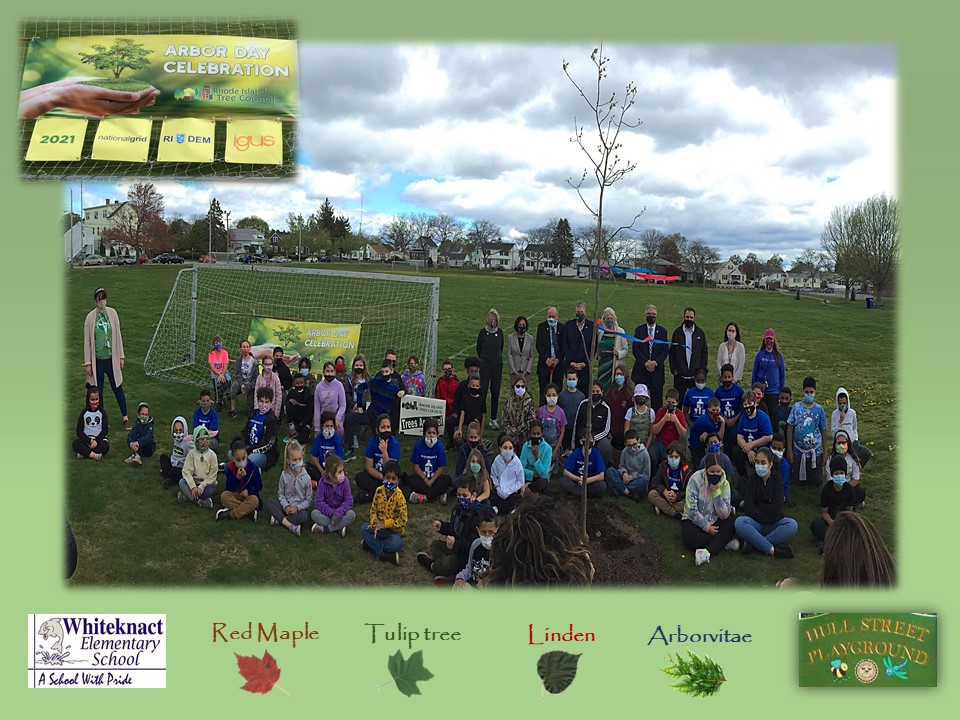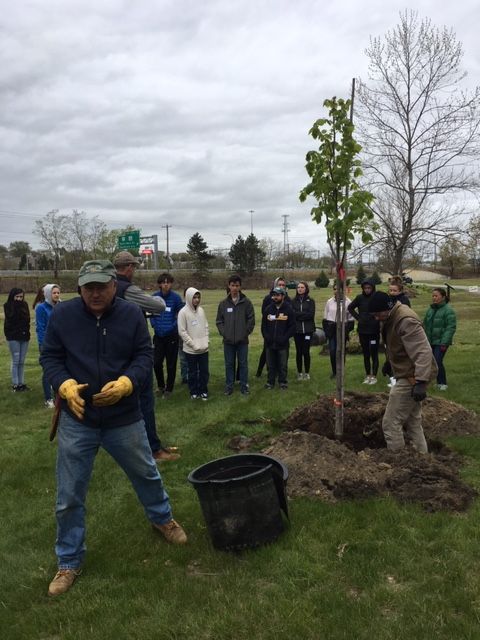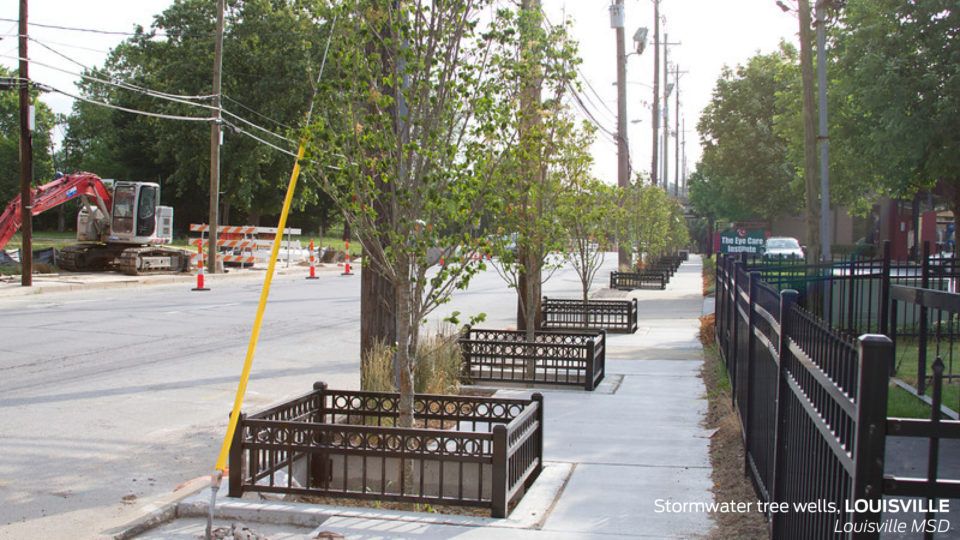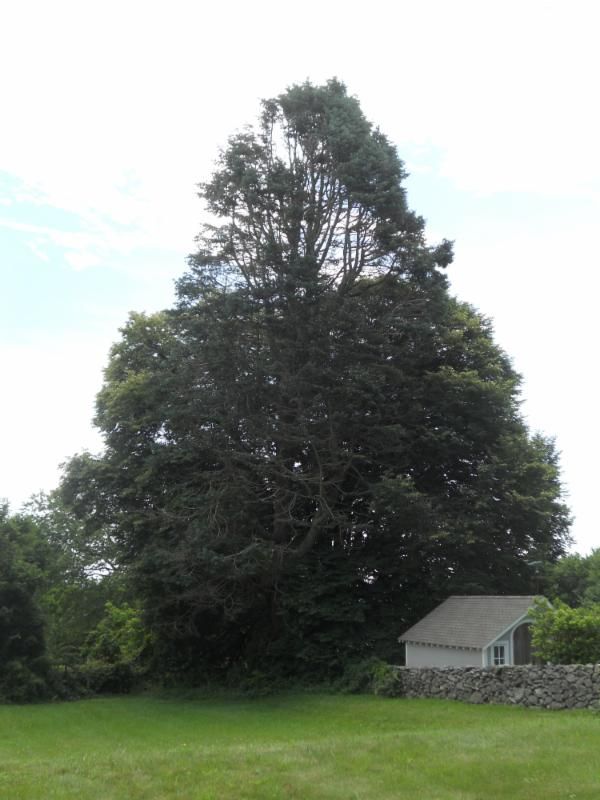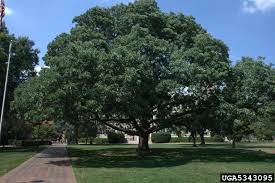Growing Degree Days Helps You Predict Plant and Insect Growth, Better Manage Crops and Gardens
John Campanini
Technical Director, RITree Council
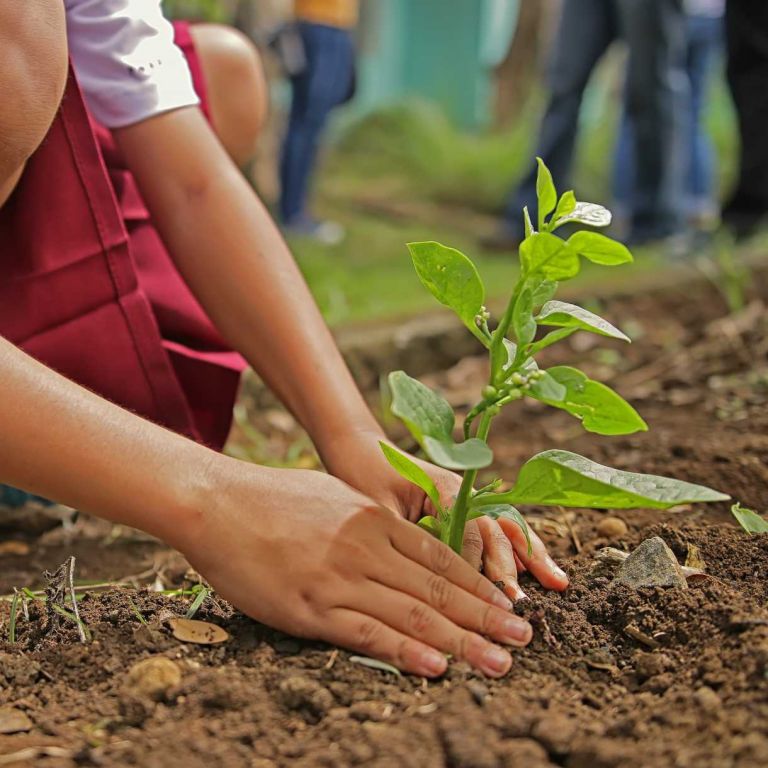
If you read Root Tips, RITree’s newsletter, you may be aware of our Growing Degrees Days (GDD) project. It monitors plant development and insect activity statewide from April through October with the help of volunteers. They collect daily weather data on air and soil temperature and precipitation and send RITree the results. RI Tree staff then uses the air temperature figures to calculate the daily, monthly, and yearly GDD count.
GDD is a hands-on tool for relating climate to plant and animal development. It tracks tree and shrub stages of growth and the presence of plant-attacking pests. Plus, it helps determine the best time for plant scouting and applying fertilizers and pesticides, the amount of heat stress on plants, and the proper time to harvest fruit and vegetables. These events impact the state’s landscape.
What Does GDD Measure?
GDD measures heat accumulation. Horticulturists, gardeners, and farmers use GDD to predict plant and insect development rates during a growing season. Different insect species require different amounts of heat or physiological time to go from one life stage to another. GDD tells us, for example, when an insect’s eggs are going to hatch and when vulnerable stages of certain insects will occur.
For example, the White pine weevil is a disfiguring insect pest of needled-leaf evergreens (Spruce, Fir and Pines), feeding on their terminal leaders, eventually killing them. Research indicates that this weevil is active in Rhode Island in April when the GDD count nears 55. Knowing this allows tree care providers to undertake plant protection measures with arrow-like precision, saving on labor and pesticides to boot.
Estimating the Base Threshold Temperature
A critical factor in determining GDD is an organism’s baseline temperature (or development threshold). Baseline temperature is the minimum temperature at which plants and insects grow. Different organisms have different baseline temperatures. That depends on a plant or insect’s physiology. Most temperate growing woody ornamentals, for example, (have a baseline temperature of 50°F
Plants and insects stop growing when the temperature drops below their baseline temperatures. Laboratory tests and field experiments have determined the threshold for many plants and insects. If a plant or insect lacks a baseline temperature, you can use 50°F—a number used for woody ornamental trees in the Northeast. Many plants and insects start growth at about 45-55 F.
Calculating Growing Degree Days
Calculating GDD is not that difficult. It only requires two steps. The first involves determining the average temperature by adding the daily low and high temperature and dividing this sum by 2. The next step calls for subtracting 50 (the baseline threshold) from the average temperature. Positive numbers are reported as the daily GDD count. Zero or negative numbers are recorded as 0.
For example, if a min/max thermometer indicates a low of 45°F and a high of 75°F, then the average temperature for the day was (48+76)/2 = 62°F. Next, subtract 50 from the average temperature. The result is 12 growing degree days or heating units.
Takeaway on Growing Degree Days
Many people use calendar days alone to determine plant and insect growth and development. This method works but can be misleading. Growing Degree Days is a better way to measure the growth and development of plants and insects.
When combined with the calendar method, it’s a far more accurate approach to tracking GDD than using calendars days by themselves. That’s especially true during the early stages of plant and insect growth.
GDD volunteers are a great help to us. As part of the project, we supply the measuring tools (rain gauge, thermometers, and so on) and training needed to implement the project.
If you’re interested in learning more about the GDD project or want to participate, contact RI Tree at (401) 764-5885 or Email us at ritree@ritree.org.


